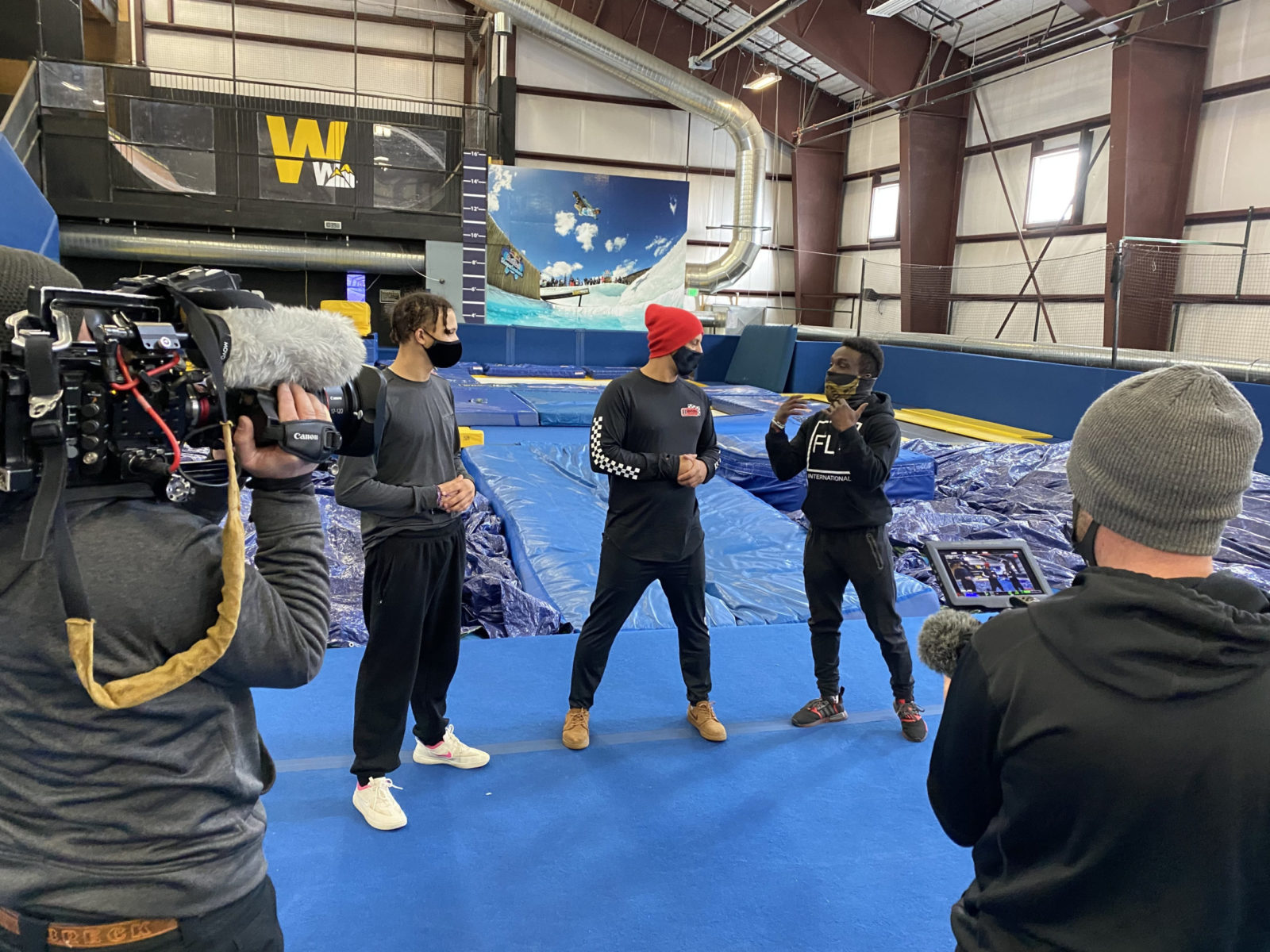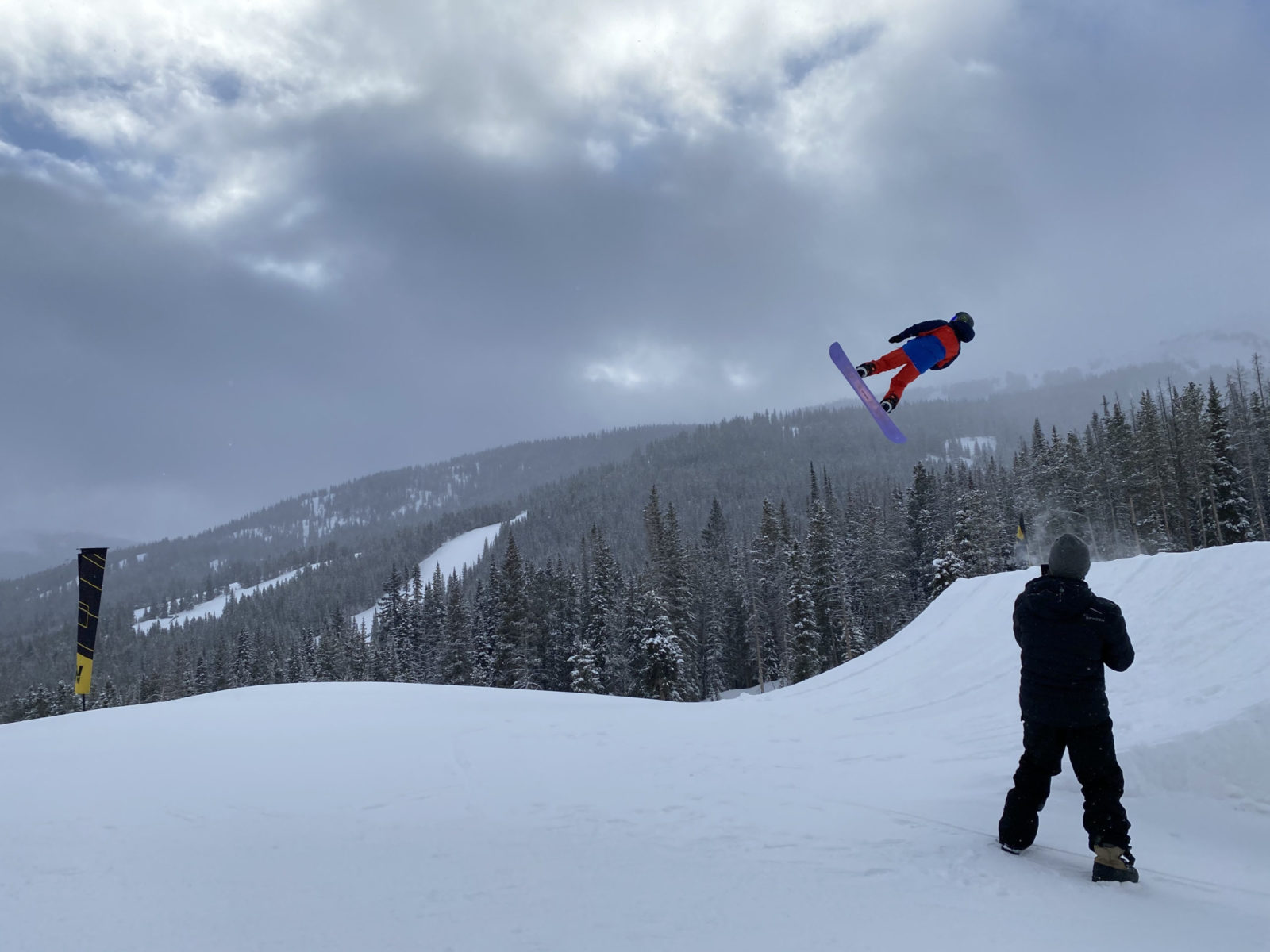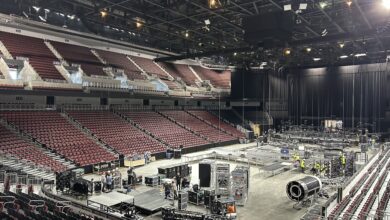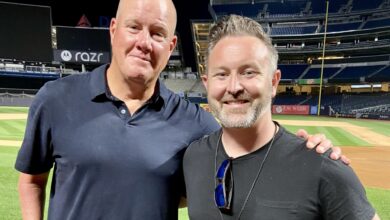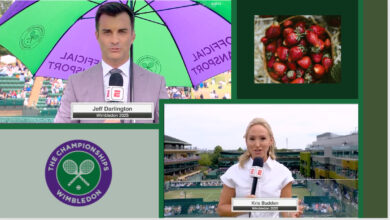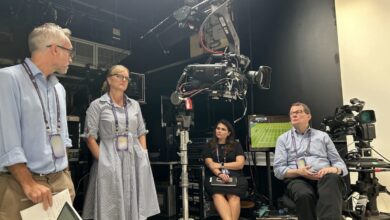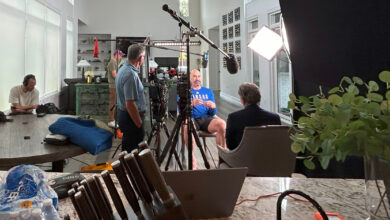As part of ESPN’s “Black History Always” celebration, Sunday’s SportsCenter “together members of the Black skiing population, and the rising star the group hopes to elevate to the U.S. Olympic SC Featured” segment will tell the story of the National Brotherhood of Skiers (NBS), an organization formed to bring together members of the Black skiing population, and the rising star the group hopes to elevate to the U.S. Olympic team.

“Black Diamonds” will debut in the 8 a.m. ET hour of SportsCenter on Sunday, Feb. 28, and will re-air in other editions throughout the day.
At a time when African Americans on the ski slopes were a rarity and Black ski clubs were an exception, Ben Finley and Art Clay, both interviewed in the feature, were not deterred from their vision to create a national organization. In 1973, they moved forward with a proposal to bring together 13 Black ski clubs for an event at the summit of Colorado’s Ajax Mountain, leading to the formation of the NBS.
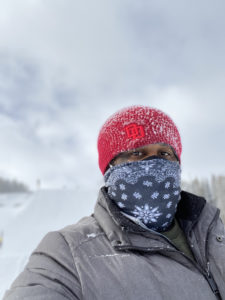
(Dale Maudlin/ESPN)
Dale Mauldin, who produced the story for ESPN Features, said he first heard of NBS when he read a magazine article.
“Their founders were being inducted into the Ski and Snowboard Hall of Fame for their work in diversifying the mountain,” Mauldin said.
The purpose of NBS was “to identify and discuss problems and subjects which were unique to the Black skiing population, ski and socialize,” according to Finley. Since the first summit, the NBS has worked to advance the African American presence in winter sports through youth programs and sponsorships of rising talent, with the ultimate goal of having an African American on the U.S. Ski and Snowboard Olympic team.
The feature introduces viewers to Brian Rice, a 16-year-old snowboarder from Michigan who moved to Colorado to train with the support of NBS. “Brian is the current frontrunner for NBS to achieve its mission that started nearly 50 years ago,” Mauldin said.
Joining Mauldin as a reporter for the feature is former X Games athlete and Olympic hopeful Keir Dillon, an African American who had not heard of NBS until he was already established in snowboarding.
Mauldin and Dillon went to Copper Mountain in Colorado to film Rice as he trained and prepared to travel to Austria for the Junior World Championships. Rice’s parents are also interviewed in the feature.
“Being from the East Coast and also African American, it astounded me that this club existed,” said Mauldin.
“Growing up, I had friends who skied and snowboarded but never thought it was something for me,” he said. “This is the case of many people of color before they are introduced to the NBS. Just seeing these folks have fun and build a community where I thought there wasn’t one is inspiring.”
Bell’s Depth of Experience and Knowledge Buoys ESPN’s Tiger Woods Crash Coverage
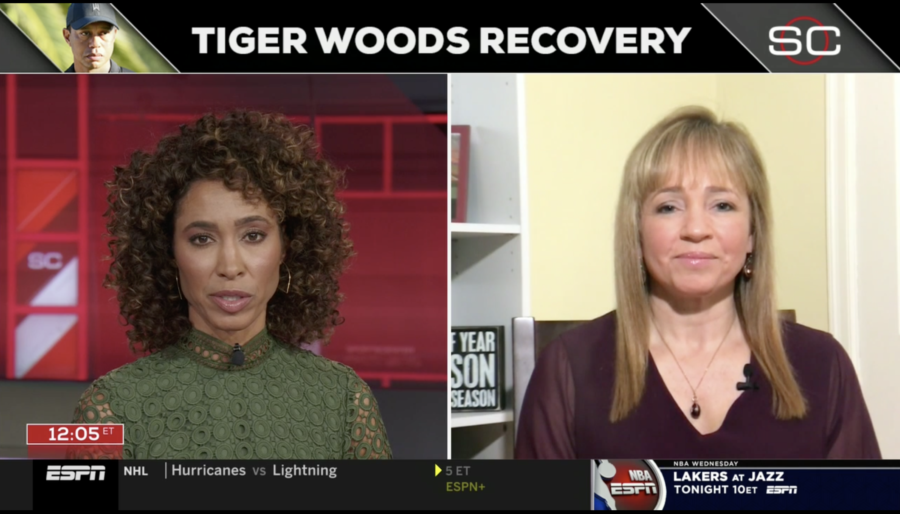
The week’s biggest news story was the horrific car accident involving Tiger Woods.
In the first 24 hours of the story, ESPN provided the most comprehensive, thoughtful, and measured coverage of any media outlet. LA-based reporter Ramona Shelburne began SportsCenter’s coverage en-route to the hospital on Tuesday and was soon joined by reporters Shelley Smith, Gene Wojciechowski, and Marty Smith.
Throughout the rest of the week, a steady stream of ESPN reporters, anchors, analysts, and experts have provided full coverage.
There have been very few commentators who were as well-suited to discuss the medical side as ESPN Senior Writer and Injury Analyst Stephania Bell. Bell reflected on her approach this week with Front Row:
What research tools/methods do you use to get up to speed on both the injuries and potential treatments?
I rely on the tools of my dual professions. As a Physical Therapist, I read the scientific literature, attend continuing education seminars and national conferences in orthopedics, sports medicine, and other areas of interest. On the journalism side, I rely on reporting (both my own and that of my colleagues). In both areas, personal relationships prove to be some of the most beneficial tools available. I am fortunate to have a network of medical colleagues who are leaders in their respective fields and I often call on them to discuss best practices or to hear their treatment approach to various injuries/illnesses. I have also treated thousands of patients over the years so I can draw from personal experience as well.
How do you balance the need to be cautious and compassionate with the need to give viewers pertinent, plainspoken insight?
One of the benefits of having worked in the patient care environment, including with high profile athletes or other celebrities, is having had the experience of working under HIPAA [Health Insurance Portability and Accountability Act of 1996] guidelines. When speaking with subjects about injury situations, I am very clear with them that they can dictate the level of detail they wish to reveal.
I also used to teach in a doctoral physical therapy program and in a manual therapy fellowship, so I’ve had a lot of practice in finding novel ways to explain complex medical topics. When I need to present the medical information available to me in a reporting situation, I hope to explain it in a way that respects the individual while still helping the audience understand. And, I always try to consider if it were my family member’s health information being presented, how would I want it done? One key rule: Deal in facts and avoid speculation.
You were asked by SC anchor Sage Steele about [Washington Football Team quarterback] Alex Smith comparisons – how beneficial was it to have been immersed in that story for so long?
I understand how comparisons of one athlete’s injury to another’s are a natural tendency; we do it in every aspect of sports. But I feel the need to underscore that each athlete has his or her own unique injury, history, and set of circumstances. But, Alex’s story touched so many people – especially because of what he was able to accomplish – that it gives people hope for others who suffer serious leg injuries. There is no doubt that being able to watch Alex’s journey up close has given me a unique perspective . . . and the reminder that we should never count anyone out based on what we ‘think’ is possible.
– David Scott
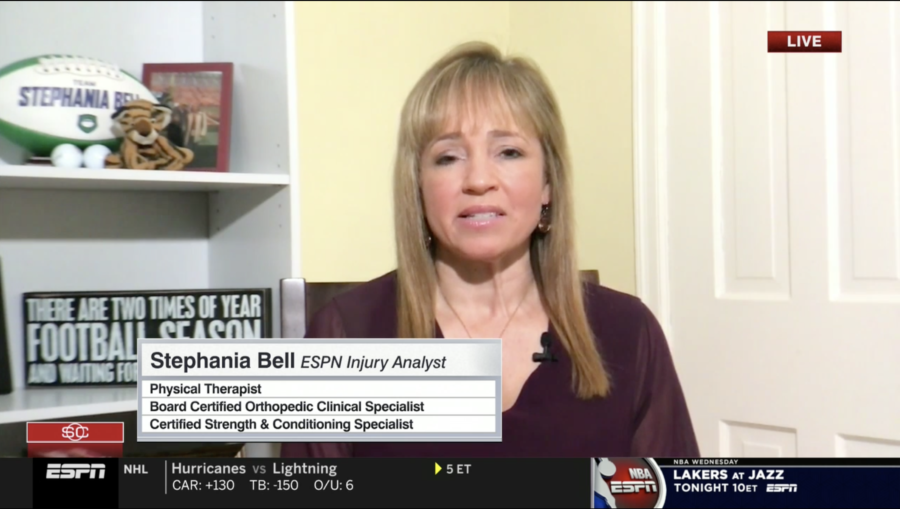

—> Hometown FAV! Can't wait!
You think Paige Bueckers is good? Wait until you see Azzi Fudd https://t.co/ftUAo9aGuF
— Monique Currie (@Mocurrie25) February 25, 2021
This is terrific reporting. Fascinating read https://t.co/5HAFL34rdi
— Dan Wetzel (@DanWetzel) February 23, 2021
Shout out to @TheUndefeated for this one. #BlackHistoryMonth https://t.co/VZDYoLggP7
— Son Goku (Chris Clunie) (@cclunie40) February 22, 2021
These stars in sports, music or fashion double as designers, trend leaders and representatives for major brands. (Via @TheUndefeated)https://t.co/FaQ9Lcdoui
— ESPN Women's Hoops (@ESPN_WomenHoop) February 25, 2021
https://twitter.com/AnthonyMSG/status/1364916116276011011?s=20
– Mike Skarka
